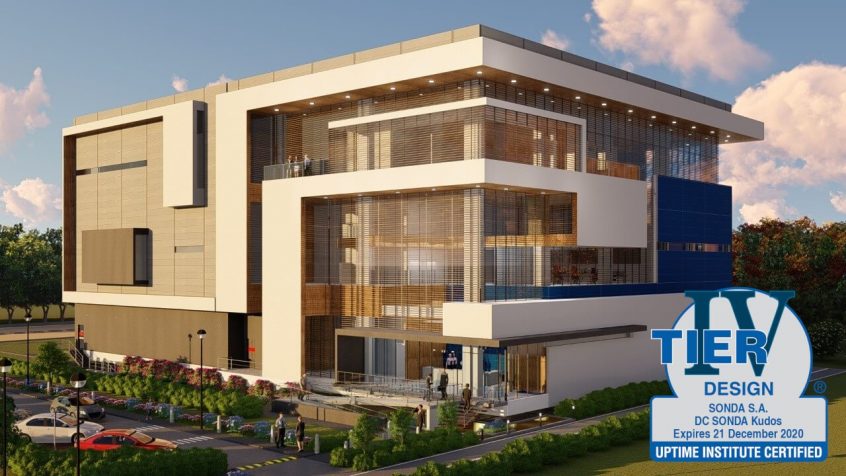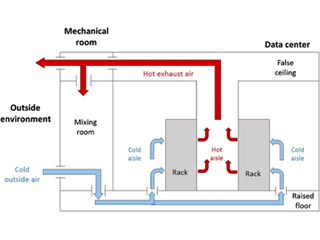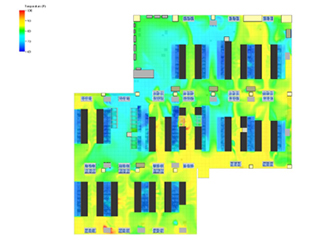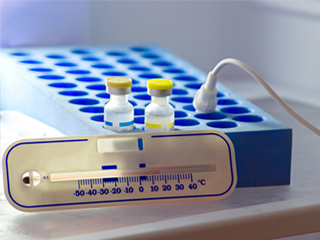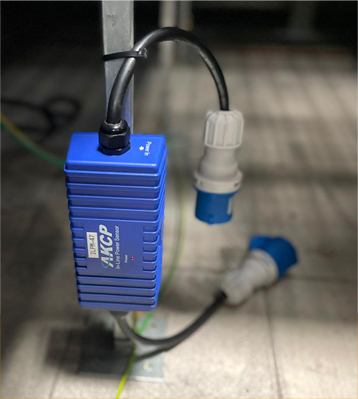What is Tier 4 Data Center?
The Uptime Institute Tier criteria determine the level of availability for Data Centers. Tier I is the most basic level, with no redundancy and no capacity to deal with failures or requests for hotfixes. A single point of failure in such a situation could result in several hours of downtime. At the other end of the spectrum, failures have no effect on Tier IV data center which has redundancy, failover systems, and guaranteed uptime. Through the deployment of redundant equipment, only Tier IV, often known as “fault-tolerant,” can achieve “zero downtime.”
Tier IV Data Center Certification
Tier IV – Design Criteria
According to Tier Standard for a Tier IV
- A Fault-Tolerant, independent, physically isolated systems provide redundant capacity components and multiple, independent, diversified, active distribution pathways serve the essential environment simultaneously in a tolerant data center. After any infrastructure breakdown, the redundant capacity components and different distribution channels must be designed so that “N” capacity is providing power and cooling to the critical environment.
- All IT equipment must be dual-powered, with an inbuilt Fault-Tolerant power design, and properly installed to be compatible with the site’s architecture topology. For a critical environment that does not meet this condition, transfer devices such as point-of-use switches must be used.
- Complementary systems and distribution pathways must be physically separated in order to prevent a single incident from affecting both systems or distribution paths at the same time.
- Continuous Cooling is required. Continuous cooling provides a stable environment for all critical spaces within the ASHRAE maximum temperature change for IT equipment as defined in Thermal Guidelines for Data Processing Environments. Additionally, the Continuous Cooling duration should be such that it provides cooling until the mechanical system is providing rated cooling at the extreme ambient conditions.
- For ‘N’ capacity, there are 12 hours of on-site fuel storage.
Why Get Tier IV “Constructed Facility” Certification?
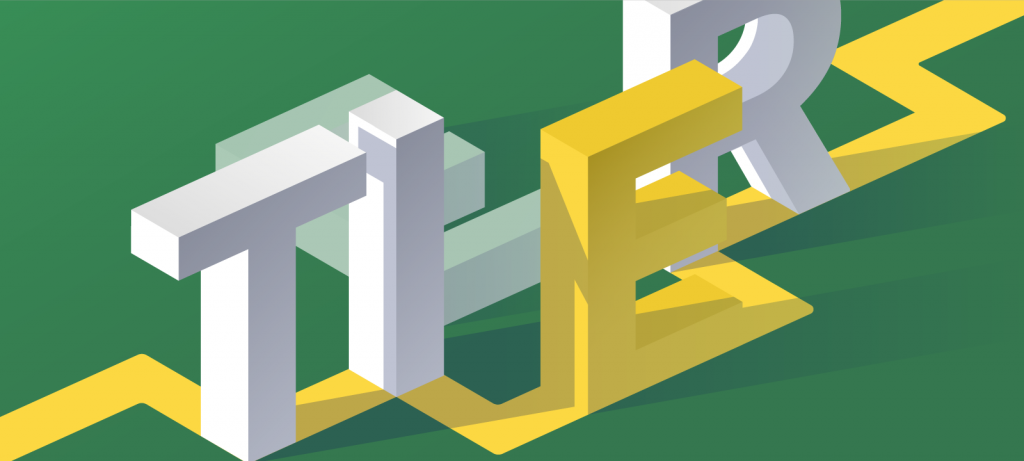
Photo Credit: blog.selectel.com
Security Concerns in Cloud Computing
One of the most common concerns about cloud computing is security. This is a legitimate concern, given certain forms of cyberattacks have been on the rise at an alarming rate in recent years.
Being connected to cloud services, in the opinion of some, means there is a greater risk of assault. However, this is a common misconception concerning cloud services.
A ransomware attack, for example, may bring a company to its knees, but with cloud redundancy, data can be restored fast and operations can resume.
Analyzing the devices within the company to ensure they are suitably safe for adopting a cloud services strategy is also part of this cybersecurity plan. Cloud services are simply an extension of regular security measures. Security is critical at all levels of the business.
Design of Tier IV Cooling System
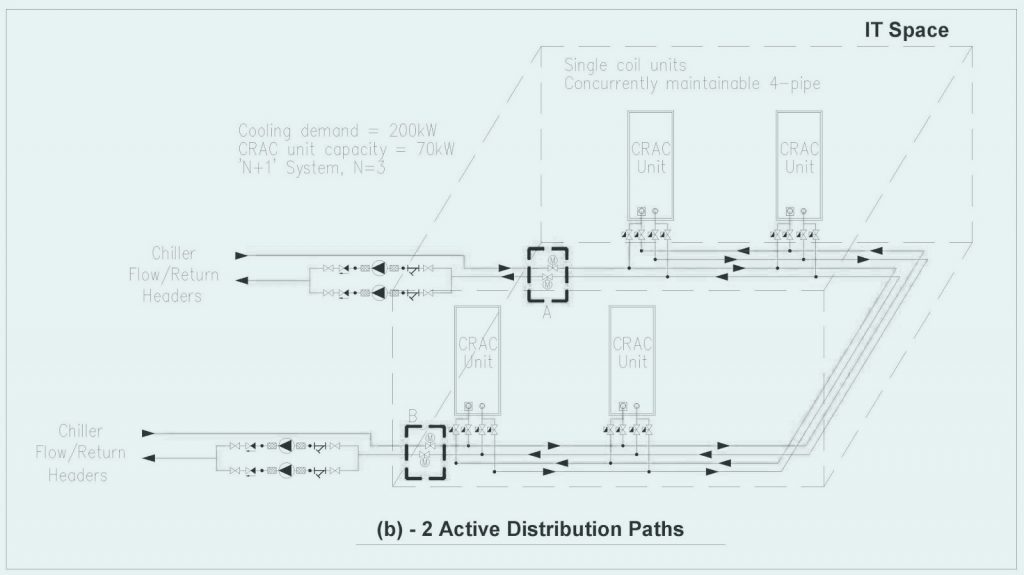
Photo Credit: moumiadis.blogspot.com
The cooling system design of Tier IV rated data center shall comply with the following requirements:
Redundant Capacity Components
Meaning that there is a need for redundancy (backup) of any equipment of the cooling system including and not limited to components like:
- CRAC & CRAH units,
- Chillers, Chilled Water Pumps
- Cooling Towers, Condensing Pumps
- AHUs,
- Split Type DX Cooling Units,
- Makeup Water Storage Tanks and Pumps.
The quantity of equipment serving the plant should be chosen so that ‘N’ capacity can provide cooling to the IT space in the event of an infrastructure breakdown. These are the “N” units that are available in the event of a failure.
Multiple Independent Distribution Paths
Here are the following distribution networks:
- Chilled Water Piping
- Condensing Water Piping
- Refrigerant Copper Piping for DX Cooling Systems
- Makeup Water Piping,
The transferred medium (water, fuel, or refrigerant) must be able to reach any system unit (CRAC, AHU, Chiller, Cooling Tower) via two channels. The two (2) distribution pathways must be independent and constantly active, which means they must be ready and available to service the critical environment concurrently and automatically.
Concurrently Maintainable
Every capacity component (CRAC, AHU, Chiller, Cooling Tower, Pump) as well as the distribution paths and elements (valves, filters, check valves, regulating valves, meters, instruments, sensors) can withstand a failure, error, planned or unplanned event without affecting the IT processes.
Fault-Tolerant
Any potential defect must be able to be identified, isolated, and contained while the critical load is kept at N capacity.
Compartmentalization
To prevent a single occurrence from affecting both systems or distribution paths at the same time, complementary systems and distribution paths must be physically segregated from one another.
Tier IV: Not for Everyone
Tier 4 is designed for major enterprises or organizations, and it offers the maximum amount of uptime or the percentage of the year that the facility is operational without experiencing any power outages or other issues. While many businesses will promote uptime, others will promote availability. The distinction is semantics: some businesses include annual maintenance in their uptime and availability calculations. However, there should be no downtime with Tier 4.
Not every company can afford or demand the massive expenditure required for a Tier 4 data center. Companies that require Tier 4 have multimillion-dollar revenues, e-commerce as a key source of revenue, an IT-only business model, or are those for which any outage would be deadly.
AKCP Comprehensive Monitoring Solutions
Wired or Wireless Sensors
AKCP provides both traditional wired and wireless data center monitoring solutions. Our Wireless Tunnel System builds upon LoRa technology, with specific features designed to meet the needs of data center monitoring. Wireless sensors give rapid deployment, easy installation, and a high level of security. It is the only LoRa based radio solution that has been designed specifically for critical infrastructure monitoring, with instant notifications and on sensor threshold level checking.
AKCPro Server Monitoring Platform
AKCPro Server is a world-class centralized monitoring and management software. Including drill down mapping, drawing program for creating floor plans, graphing, custom dashboards, tablet user interface, synchronization of sensor events with video feeds.
Data Center Infrastructure Management with AKCPro Server
Deploying a DCIM in your data center can be a daunting task. AKCP has simplified this with AKCPro Server DCIM software. An easy to use DCIM that gives the essential functions without complications.

